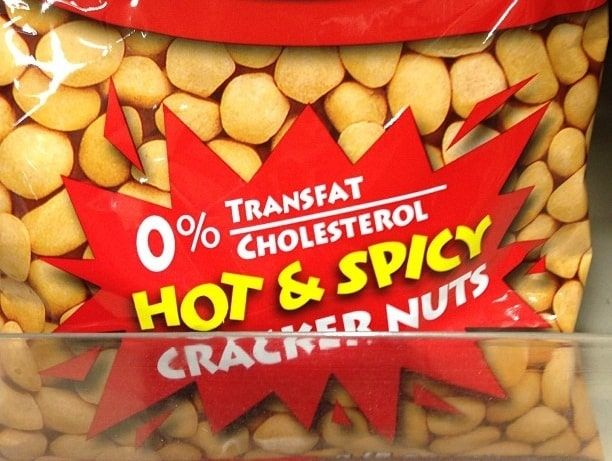Find out what Japanese peanuts are coated with
How about a little snack? Find out the best-kept secret among Mexican snack experts - Japanese peanuts.

Japanese peanuts are one of the must-have snacks at parties and get-togethers with friends. Although their name tells you otherwise, the reality is that they were invented in Mexico, but have you ever wondered what these delicious snacks are covered with?
Japanese peanuts emerged at the end of World War II. They were invented in Mexico by Yoshihei Nakatani, a Japanese immigrant, who marketed these snacks in La Merced. Their peculiar flavor makes them ideal to accompany a variety of foods, such as fruit, and in many popular food preparations such as nachos, and some healthier dishes such as salads.
Although you can easily find Japanese peanuts in the market or a grocery store, there are also ways in which you can make them at home. By looking at the ingredients in their casing you will realize that they are easy to find. Japanese peanuts are coated with a mixture of wheat flour, corn starch, sugar, salt, baking soda, and soy sauce, although they are also seasoned with ingredients such as garlic powder. The coating is fried in oil and acquires a crispy consistency.
And although their nutritional value changes depending on the brand or how you prepare them, the truth is that Japanese peanuts can be an unhealthy snack for those with celiac disease or gluten intolerance. In the market, you can find a variety of peanuts in their natural state, as they are one of the most popular foods worldwide.
According to an article by SEMARNAT, there are 4 types of peanuts: Corredor (popular in America and grown mainly in the United States), Virginia (also known as cocktail nuts), Spanish (early harvest), and Valencia (the sweetest tasting species).
The fruit by itself offers multiple benefits, but with Japanese peanuts, it is worth considering the portions of intake because as a fried snack, its nutritional value is different. To give you an idea, a portion of 60 grams of Japanese peanuts provides about 300 calories. If you are a physically active person, it would take at least 30 minutes of intense cardio to burn these calories.
Now that you know what Japanese peanuts are covered with, don't worry or ban this popular snack from your life when you go to a meeting or crave them on your way home, just learn to consume them responsibly and make sure that the intake is not harmful to your health.




